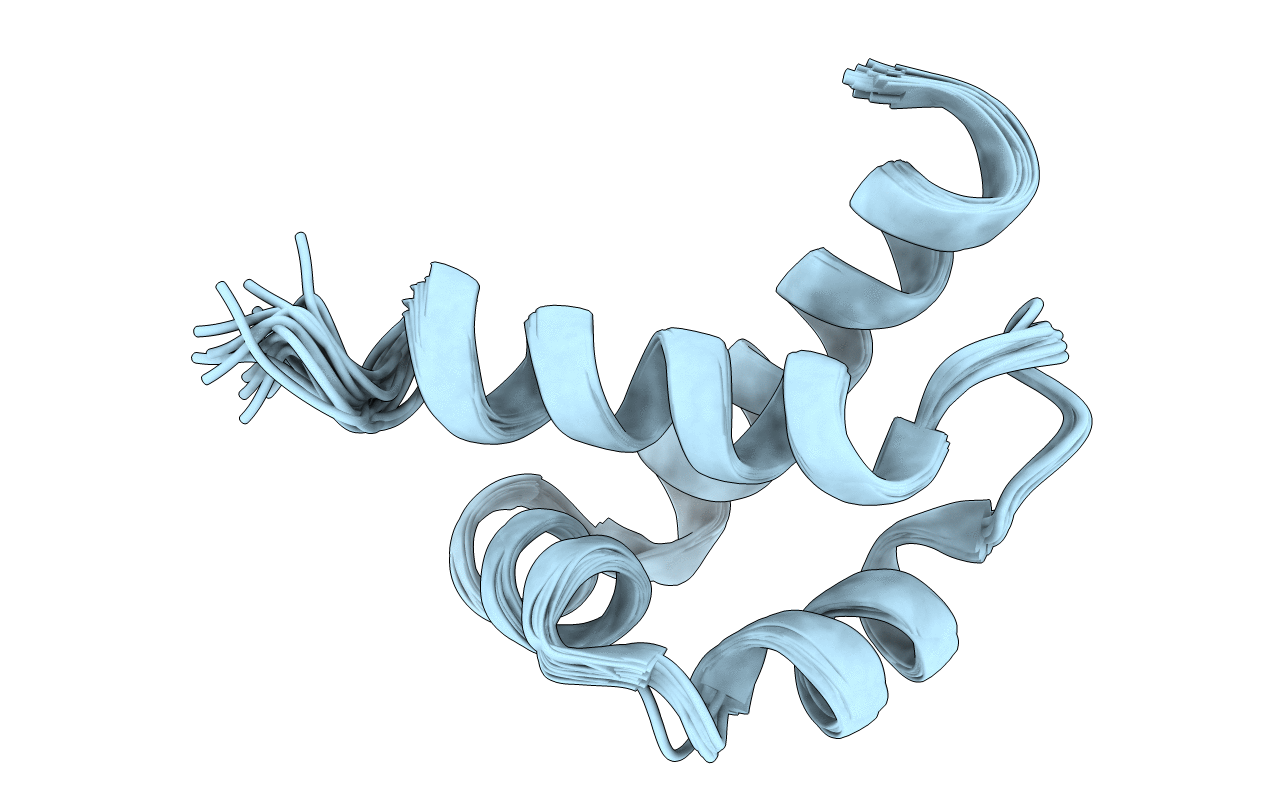
Deposition Date
2008-09-02
Release Date
2009-05-19
Last Version Date
2024-05-08
Method Details:
Experimental Method:
Conformers Calculated:
80
Conformers Submitted:
15
Selection Criteria:
structures with the lowest energy


